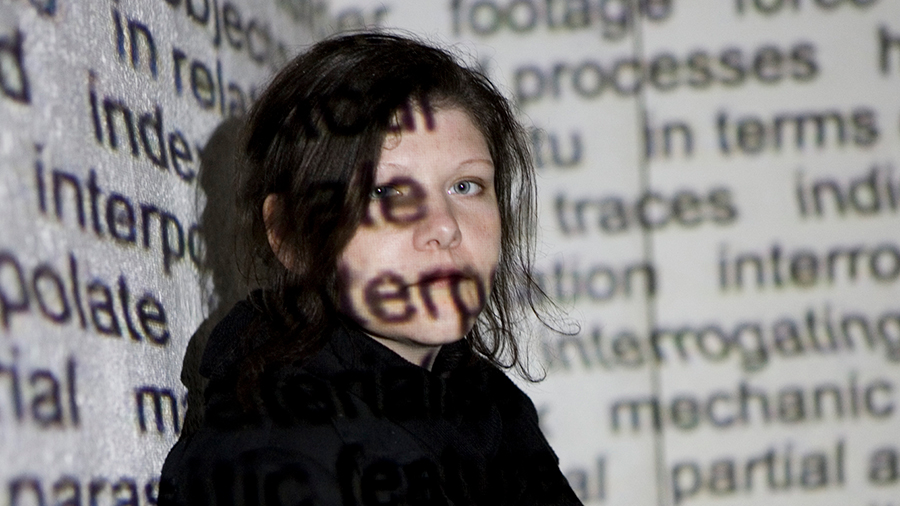- Experiment
- 2024
- Sergels Torg
Encountering the research of Nobel Prize laureates May-Britt Moser and Edvard Moser on the brain’s positioning system, our inner GPS, artist Eva Beierheimer became interested in their findings on grid cells in the brain. In previous works, she has explored triangular shapes and “connect-the-dots” systems, which are also present in this artwork.
Experiment draws on spatial orientation and the triangular patterns observed in Moser’s experiments. These triangular shapes resonate with Sergels Torg’s iconic black and white floor pattern.
With Experiment, the pattern expands into a third dimension, up and within the stairs. An animation creates the feeling of movement of the triangular shapes in an artwork that is directly built into the steps themselves. The animation reacts to activity in a specific zone within the square. On one level, the random movements of passersby influence the installation, while those who choose to engage more deliberately can interact with it by moving purposefully within the interactive zone. The space becomes a giant mouse pad, where the participants become the “mouse” in the experiment, interacting with the art.

- Eva Beierheimer
Eva Beierheimer is an Austrian artist living and working in Sweden since 2007. She studied at Akademie der Bildenden Künste in Vienna, Iceland University of Arts in Reykjavik and the Royal Art Academy in Stockholm. She works in various disciplines such as installation, sculpture, graphics, drawing and media art.
In her site-specific artworks, Beierheimer engages with existing architecture and surroundings, as well as the physical and social conditions of a space — how it is used and how people move within it. Her works respond both to the context of the space and to the interactions of people within it.
In recent years she has developed several public art works, around Sweden and Europe. Eva Beierheimer has shown her works in various solo and group exhibitions in Sweden, Austria and around Europe.
“I have always been interested in creating ephemeral works. Light itself is intangible, and using it as a material gives the work an ephemeral dimension. I also appreciate the many different ways to work with light. It extends beyond the boundaries of the sculptures, with reflections and shadows becoming part of the artwork.”
– Eva Beierheimer
